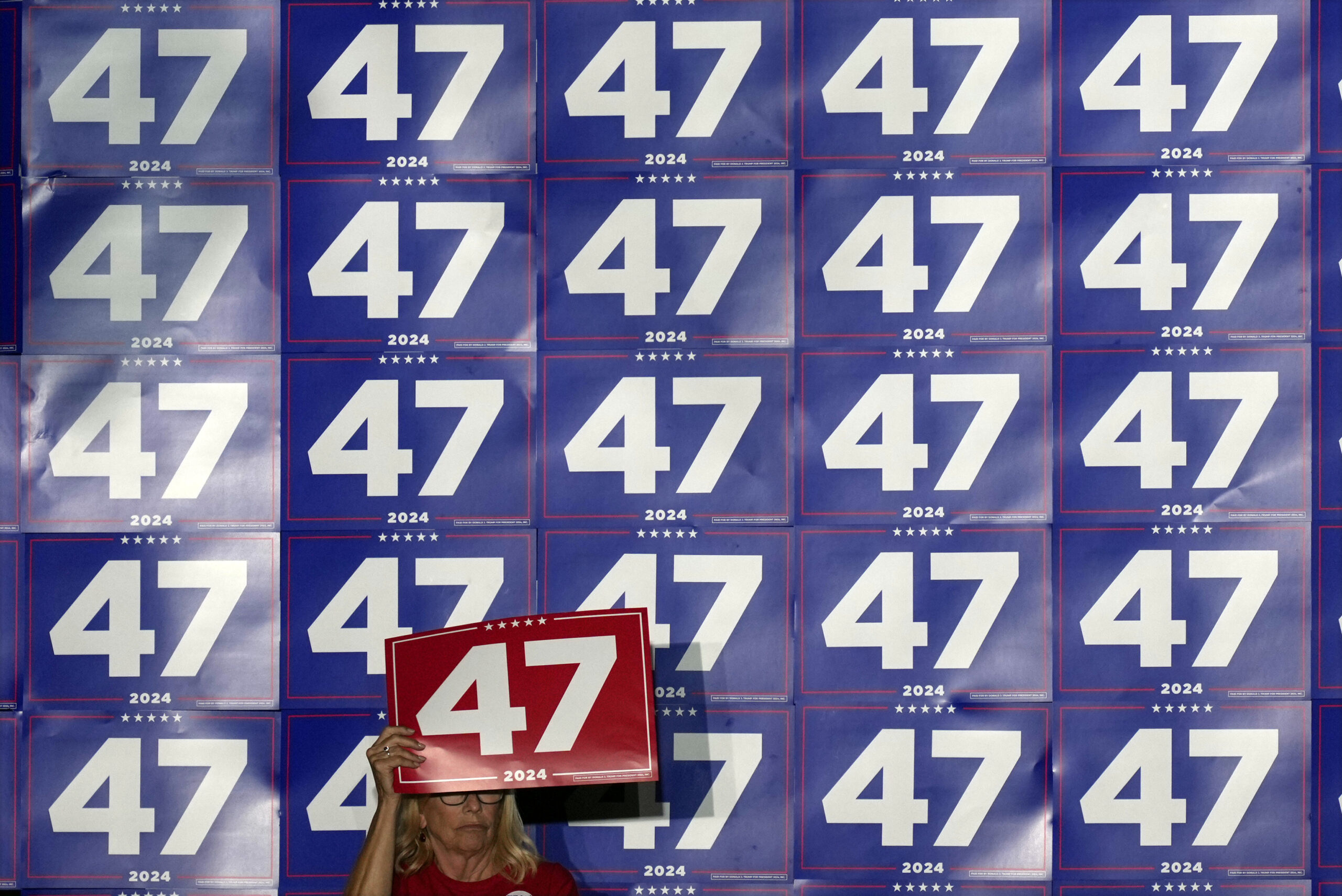
Vice President Kamala Harris holds a narrow lead over former President Donald Trump in national polling, but this may not be enough to secure the presidency. With just two weeks left until Election Day, Trump leads in all seven of the most competitive swing states, according to Real Clear Politics’ polling averages.
Swing State Struggles for Harris
In 2020, Joe Biden won key battlegrounds like Arizona, Nevada, Georgia, Pennsylvania, Michigan, and Wisconsin, while Trump claimed North Carolina. This time, Trump holds slim leads in all seven of these states, with margins under two points, placing them in the “toss-up” category.
If Trump manages to win all seven, he is well-positioned to secure the presidency. However, with such close margins, both campaigns are focusing heavily on these states, each with its own distinct issues and voter concerns.
Trump’s Advantage with Hispanic Voters in Key States
One of Trump’s key advantages comes from his growing support among Hispanic voters. In Arizona, where Hispanic voters make up about one-third of the electorate, Trump leads Harris by an average of 1.8 points. A USA Today/Suffolk University poll also shows Trump leading Harris among Hispanics, 49% to 38%. This dynamic could help Trump in Nevada, where he holds a 0.8% lead and Hispanic voters also comprise about a third of the population.
The border crisis remains a central issue in southwestern states like Arizona and Nevada, further bolstering Trump’s campaign, as Harris has struggled to distance herself from her role in the Biden administration’s immigration policies.
Harris Faces Scrutiny Over Fracking in Pennsylvania
In Pennsylvania, Harris’ shifting stance on fracking has drawn criticism. In 2019, she supported a fracking ban, a position she has since walked back. However, reports from PoliticoPro indicate that Harris’ climate advisors are not in favor of expanding fracking, raising questions about her commitment to energy policies that resonate with Pennsylvanians.
Critics, such as Daniel Turner of Power The Future, argue that Harris is trying to balance her environmental policies while appealing to voters in energy-producing states, complicating her efforts to win Pennsylvania.
Underperformance with Black Voters a Potential Liability
Harris has also faced challenges with Black voters, a critical demographic for Democrats in key states like Georgia, Michigan, North Carolina, and Pennsylvania. While she leads Trump among Black voters, her support, at 78%, is significantly lower than the 90-95% traditionally garnered by Democratic candidates.
This underperformance could be pivotal in states where Black voters make up a sizable portion of the electorate, such as Georgia and North Carolina, where they represent roughly 20%, and Pennsylvania, where they comprise about 12%.
Trump’s Momentum Grows in Final Weeks
Both candidates have ramped up their campaign stops in these key swing states, with Harris focusing on her attacks against Trump, calling him “unstable.” Trump, on the other hand, appears to be gaining momentum, according to Republican strategist Colin Reed. Reed suggests that Trump’s focus on core issues such as the economy, foreign policy, and immigration, as well as voters’ desire for change, is giving him a slight edge in the final stretch.
Rallies and Campaign Tactics
In a reflection of the intense and competitive nature of the race, both candidates have taken jabs at the size of each other’s rallies. Trump boasted about drawing large crowds, telling supporters in North Carolina, “I have 100,000 people,” while claiming Harris’ rallies were much smaller. Harris responded to interruptions by pro-life protesters at her Wisconsin rally with humor, telling them, “I think you meant to go to the smaller one down the street.”
As Election Day approaches, both candidates will continue their efforts to win over key voters in these battleground states, knowing that just a few percentage points could determine the outcome of the race.